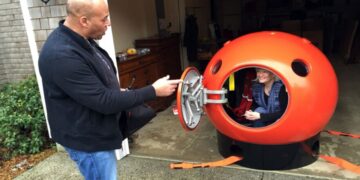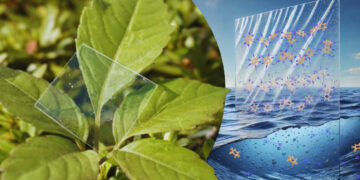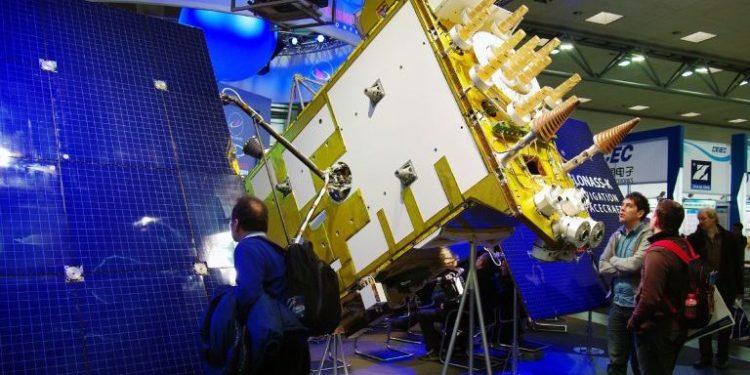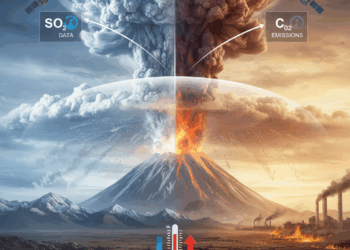Founded in the 1950s, the ISS-Reshetenev‘s Company is one of the leading companies in the artificial satellite business. The Company has made innovation its mantra: scientific research and experimentation are the order of the day. Public and private research institutes, universities and young researchers collaborate on experimental missions.
Since the Cold War years, the knowledge and conquest of space are among the themes dear to the Russian Federation. In fact, ISS-Reshetnev was the first Russian company to develop low-orbit, navigation, geodetic, direct and data transmission satellites. Today, the company is still one of the leading companies in the country.
History and strengths
Born in the mid-1960s, the ISS-Reshetnev started to take its first steps by overseeing ballistic missile projects. After that, it made its first small space aircraft and communication satellites. So, today the company has specialized in the production of satellites for different applications.
Over the years the company has distinguished itself on the market mainly for 3 orders of reason:
- Highly qualified and competent human resources
- Laboratories and research centres up to the mission
- Cutting-edge scientific research
- Propensity for innovation
In fact, more than 80 employees have received awards for leading scientifically relevant projects. To understand the extent of this, it is enough to say that there are currently more than 1200 satellites built and 80 satellite systems for different missions.
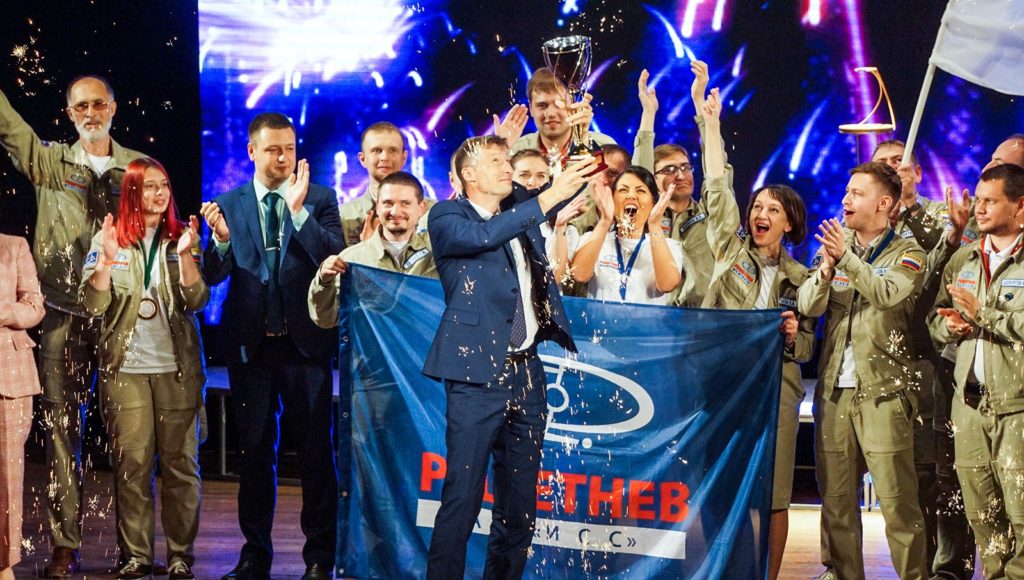
Innovation and scientific research
The company has always been characterized by the enormous efforts instilled in scientific research. In particular, this type of experimental project is carried out in partnership with universities, public and private research institutions. For example, Yubileiny is a satellite launched into orbit in 2008 that has allowed to verify a subsystem of control of orbit and magnetic-gravitational attitude, recently developed terrestrial and solar trackers, improved GaAs solar cells and radiation-resistant nanocoatings.
In collaboration with the Siberian State Aerospace University, the Mir satellite was a part of Yubileiny mission. Launched in 2012, the satellite gave us more than 350 images of the Earth’s surface with a spatial resolution of 250 m/pixel.
Finally, the ISS-Reshetnev launched into orbit ISS-55 in 2015, a small multispectral satellite for monitoring terrestrial images. Weighing approximately 180 kg, the satellite has a high-resolution, infrared imaging platform. In this way, the scientific community was able to use ISS-55 images for emergency and disaster monitoring, mapping, water resources and land management, agriculture and forestry.
Do you want to be up to date on technology, inventions and patents? Save among your favorites the Patent, the Journal of Inventions.







